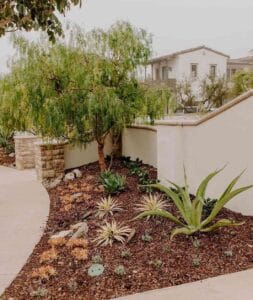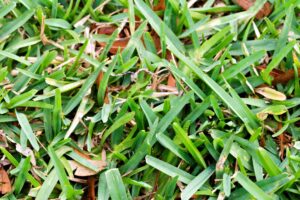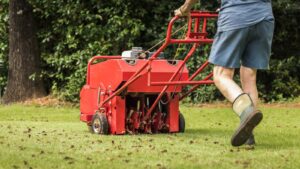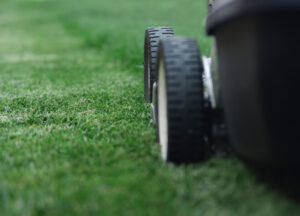BY DANIELA GIRALDO – MAY 04, 2024
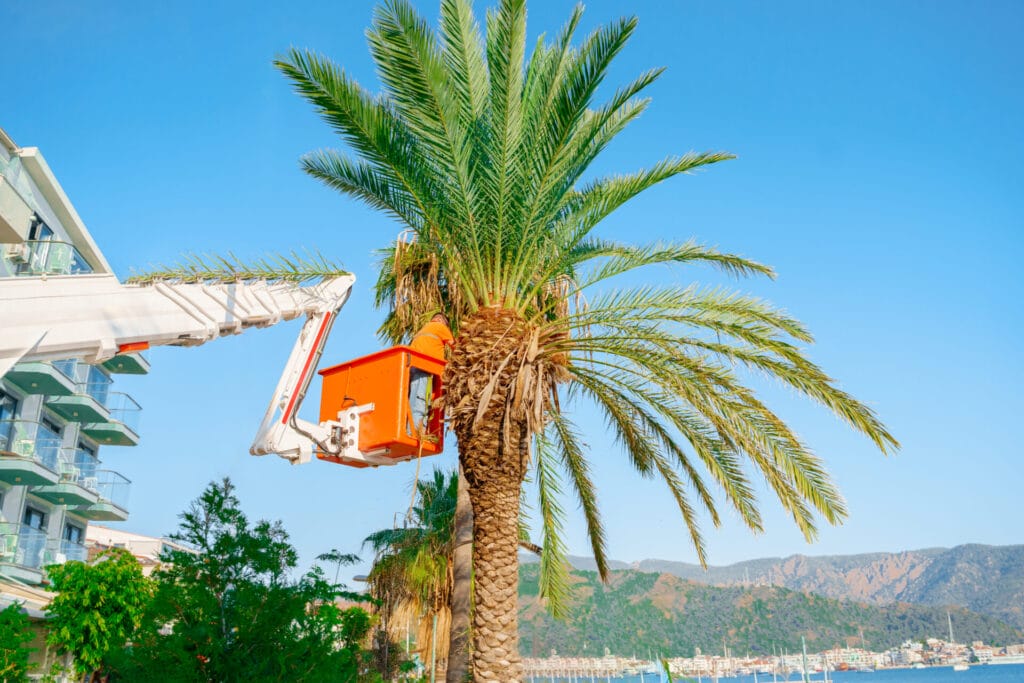
Palm trees are iconic symbols of tropical beauty, adorning landscapes with their majestic presence. However, maintaining their health and aesthetics requires proper care, including regular pruning. Pruning not only enhances the tree’s appearance but also promotes growth and prevents potential hazards. In this guide, we’ll delve into the intricacies of professional plant tree prunning, ensuring they remain healthy, vibrant, and safe.
To effectively prune a palm tree, it’s essential to understand its anatomy. Unlike typical trees, palm trees do not possess a cambium layer, meaning they do not heal from wounds. Instead, they compartmentalize injuries, making proper pruning techniques crucial. We’ll explore the various parts of a palm tree, including the trunk, fronds, and root system, to lay the foundation for effective trimming practices.
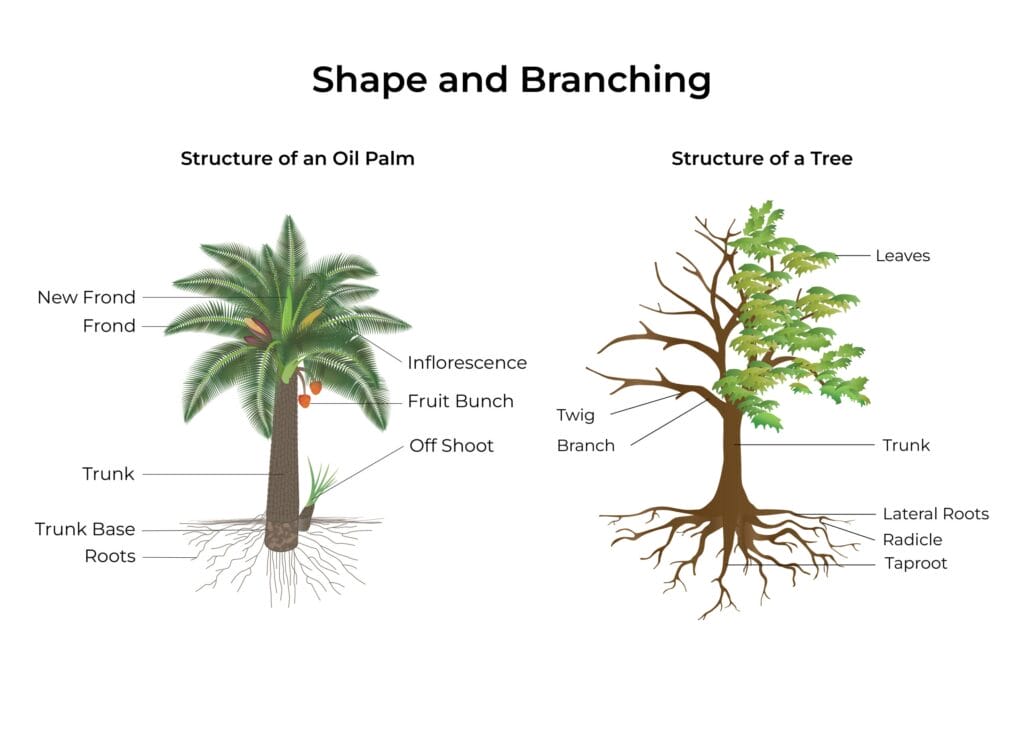
Trunk:
Fronds:
Root System:
Before picking up any tools, it’s vital to assess the palm tree’s pruning requirements. Signs such as dead or diseased fronds, excessive drooping, and overgrown canopy indicate the need for trimming. Additionally, understanding the species-specific growth patterns and pruning preferences aids in creating a tailored pruning plan. We’ll discuss the importance of observation and analysis in determining the optimal pruning approach for each palm tree.
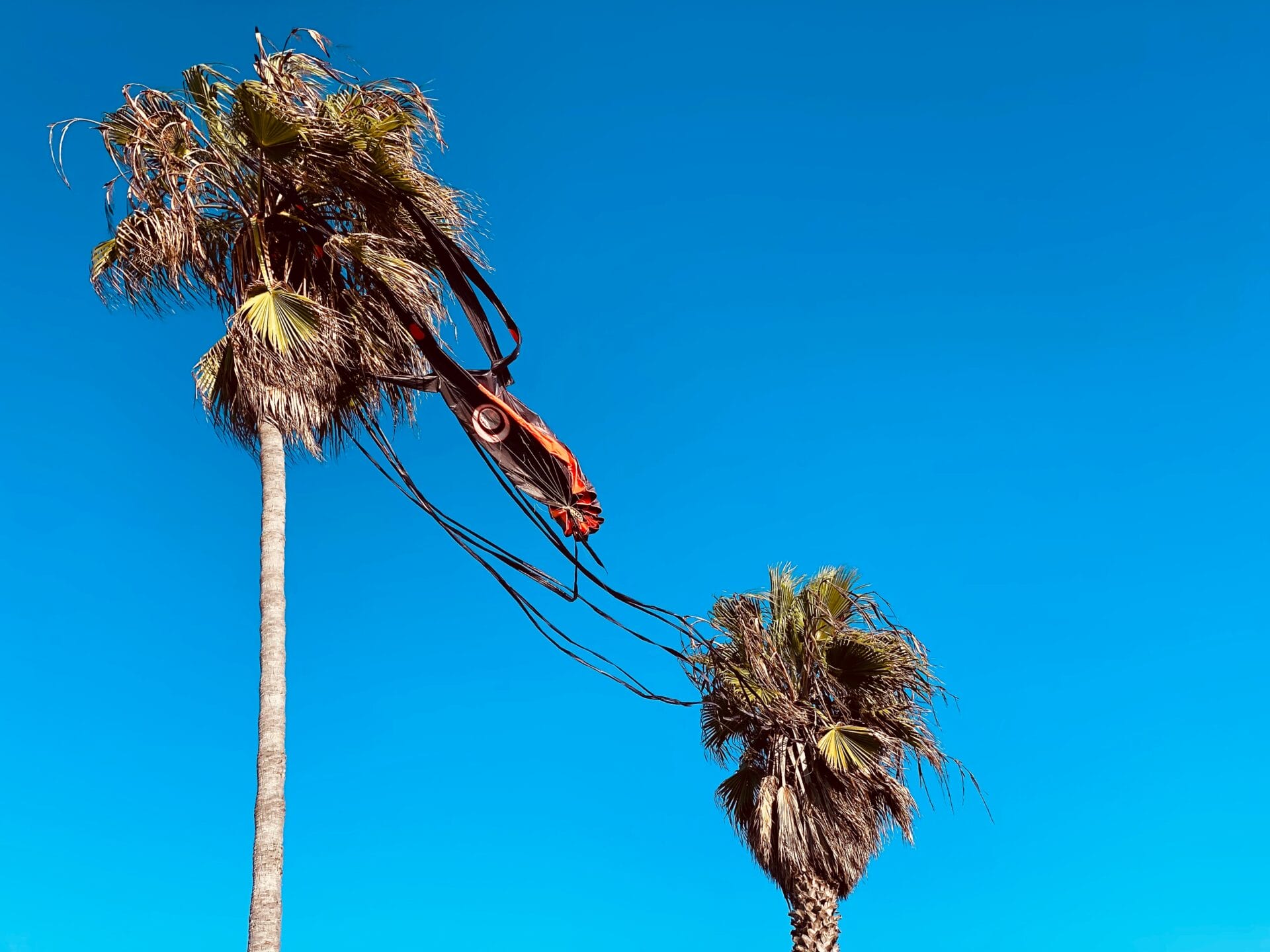
Assessing Palm Tree Health:
Observing Growth Patterns:
Understanding Pruning Preferences:
Tailoring Pruning Plans:
Regular Monitoring and Adjustment:
Equipping oneself with the right tools and observing safety protocols is paramount when undertaking palm tree pruning. From ladders and harnesses to pruning shears and saws, each tool serves a specific purpose in achieving clean and precise cuts. Moreover, practicing safety measures such as wearing protective gear and assessing surrounding hazards minimizes the risk of accidents during the pruning process. We’ll provide a comprehensive list of tools and safety guidelines to ensure a smooth and secure pruning experience.
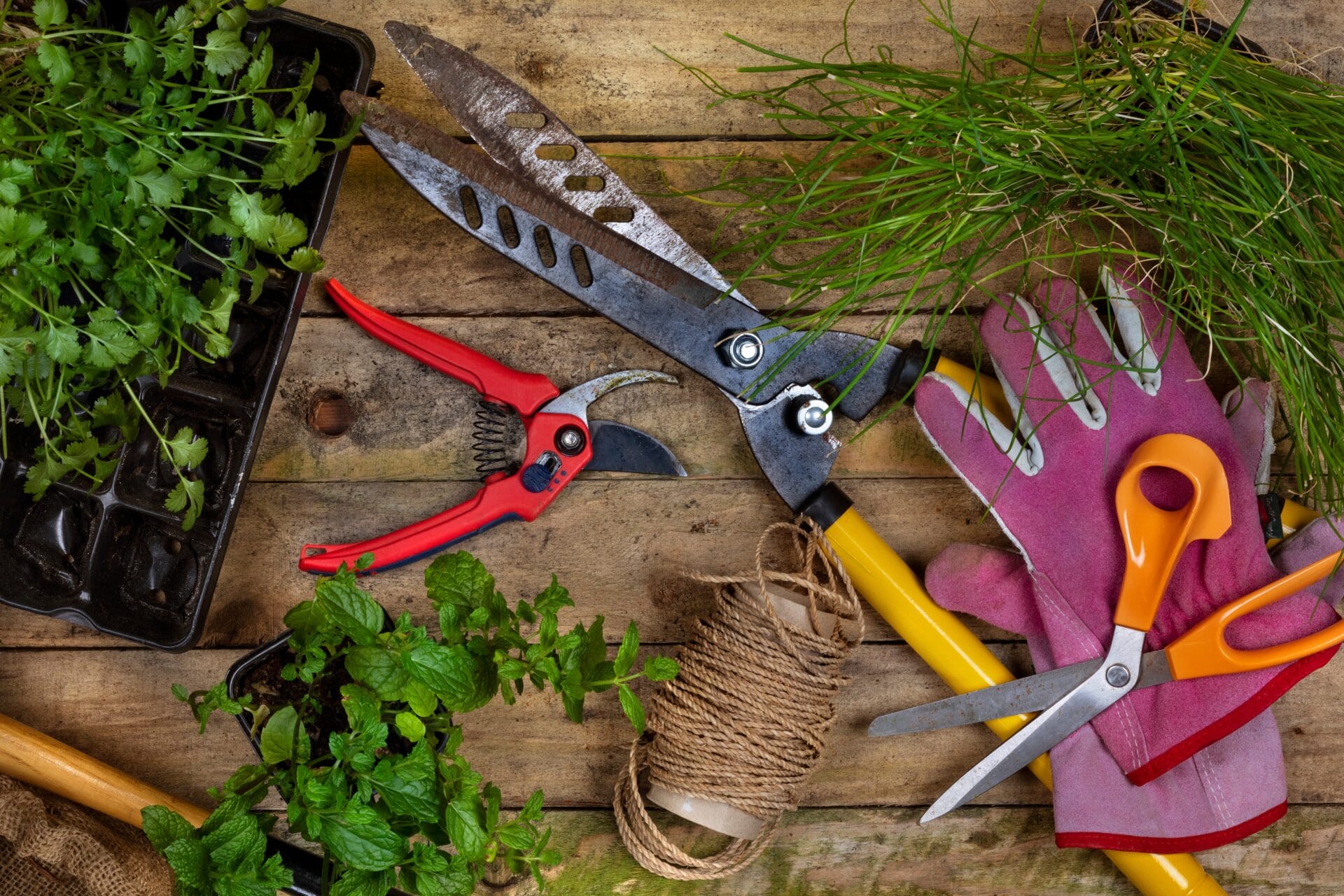
Ladders and Harnesses:
Pruning Shears and Saws:
Protective Gear:
Assessment of Surrounding Hazards:
Proper Technique and Planning:
Bystander Safety:
With the groundwork laid and tools in hand, it’s time to delve into the art of palm tree pruning. From crown cleaning to canopy thinning, we’ll explore various pruning techniques aimed at enhancing the tree’s health and appearance. Emphasizing the importance of strategic cuts and avoiding over-pruning, we’ll guide readers through step-by-step instructions for each pruning method. Additionally, we’ll address common challenges encountered during pruning, such as dealing with pests and diseases, and offer effective solutions.
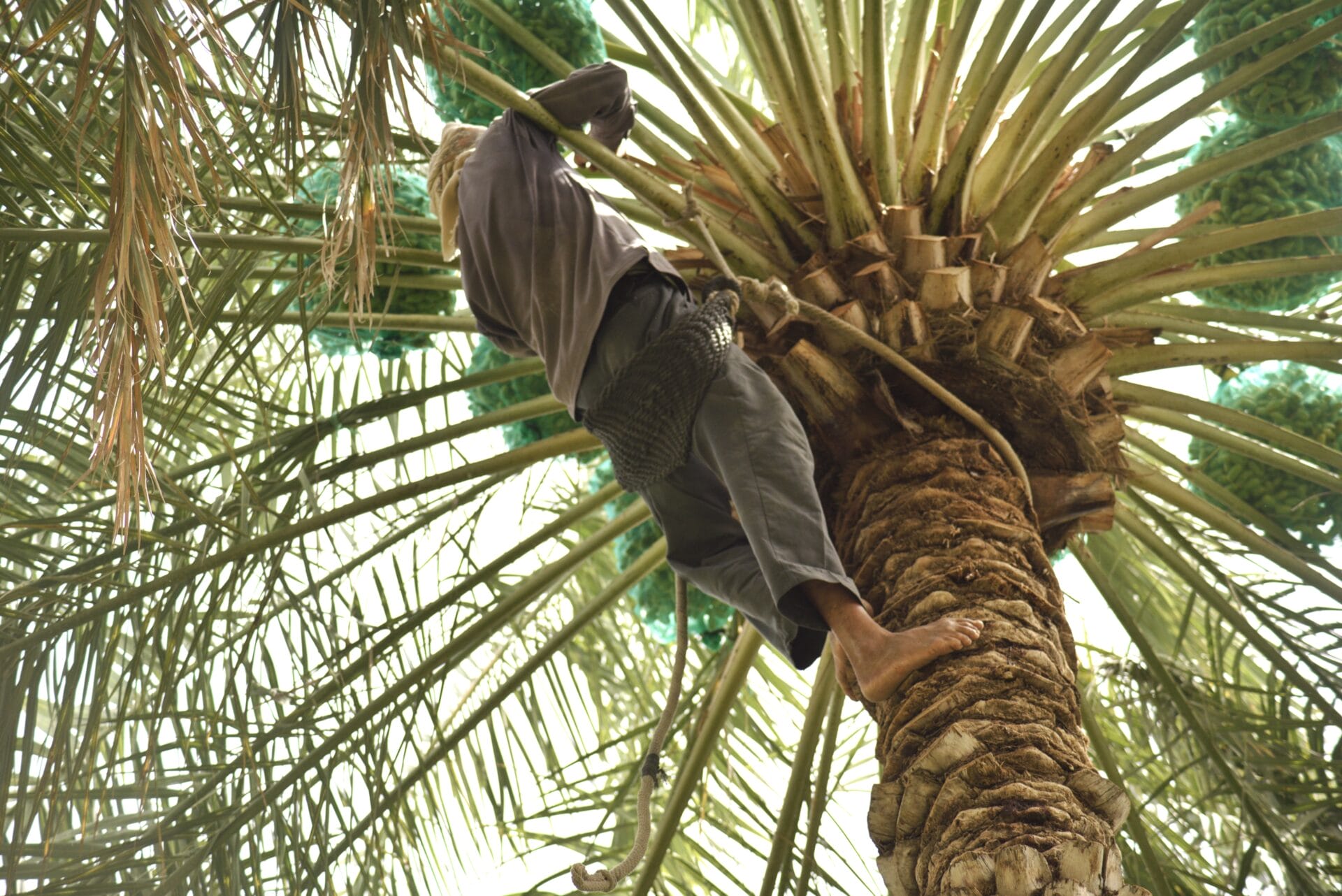
Crown Cleaning:
Canopy Thinning:
Lateral Bud Removal:
Spike Pruning:
Inflorescence Removal:
Addressing Pest and Disease Issues:
Pruning doesn’t end with the last cut; post-pruning care is equally crucial for the palm tree’s well-being. Proper disposal of pruned materials, irrigation adjustments, and monitoring for signs of stress or regrowth are essential steps in ensuring the tree’s recovery. We’ll discuss the importance of regular maintenance practices such as fertilization and pest control in sustaining the palm tree’s health and vitality post-pruning.
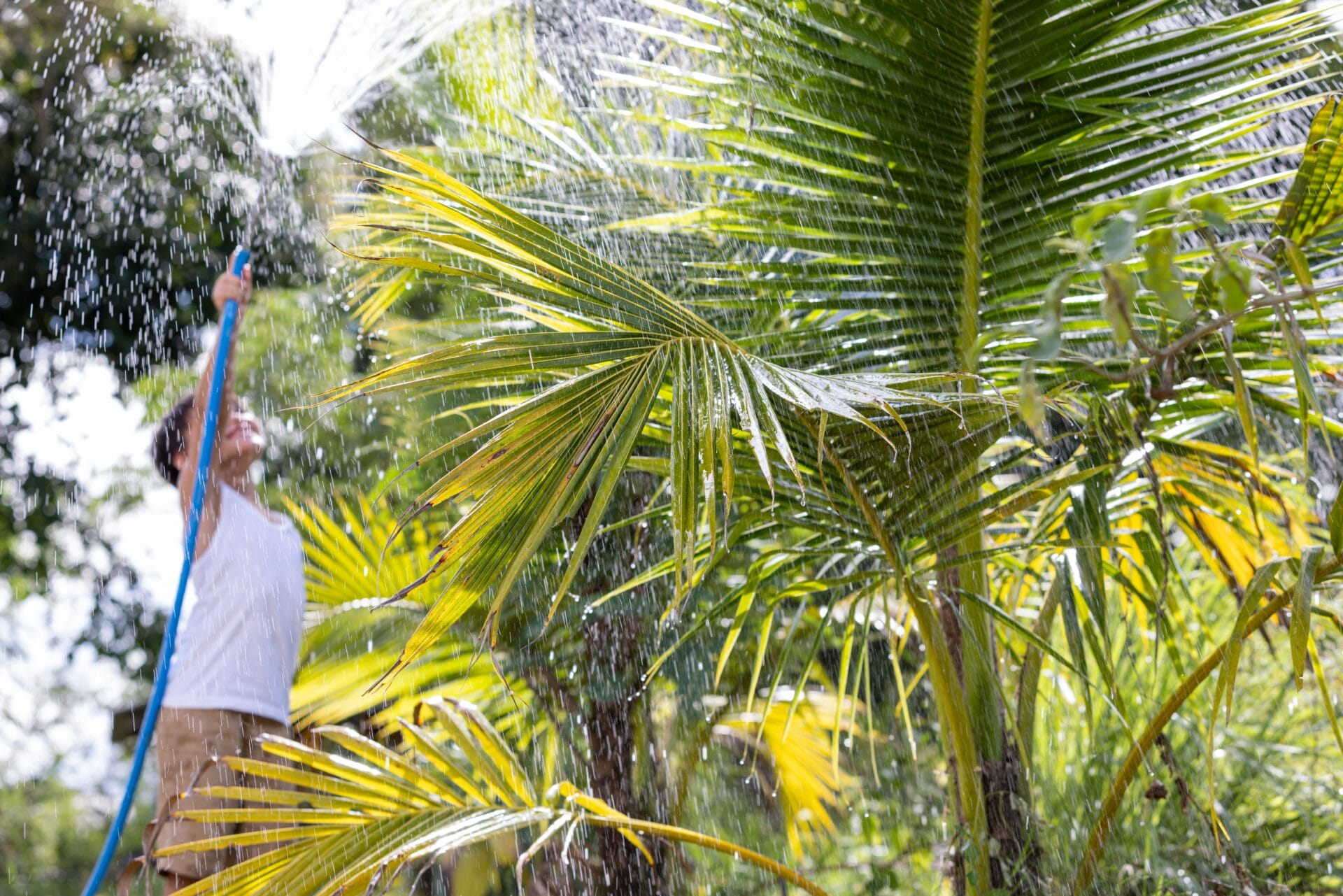
Proper Disposal of Pruned Materials:
Irrigation Adjustments:
Monitoring for Signs of Stress or Regrowth:
Regular Maintenance Practices:
Professional Assistance if Needed:
Mastering the art of professionally trimming palm trees is a rewarding endeavor that requires knowledge, skill, and patience. By understanding palm tree anatomy, identifying pruning needs, employing the right tools and techniques, and practicing post-pruning care, anyone can elevate their pruning prowess. Whether you’re a seasoned landscaper or a novice enthusiast, this comprehensive guide equips you with the expertise needed to ensure the health, beauty, and safety of palm trees in any landscape. Happy pruning!
Share this post:
Check other topics that may help you get more insights for your project:
